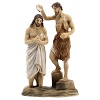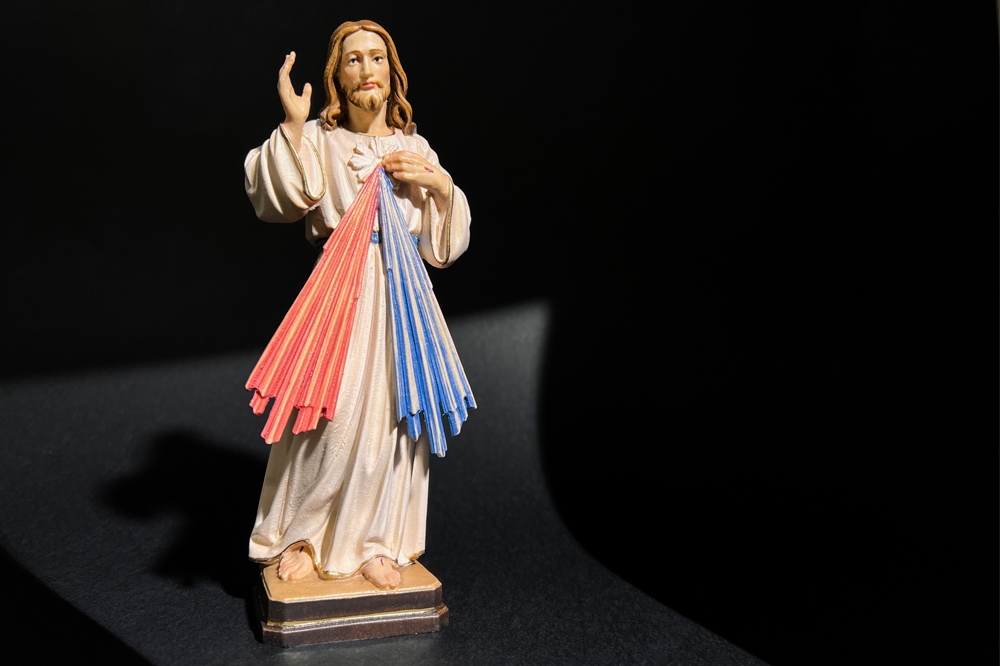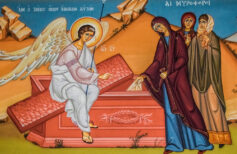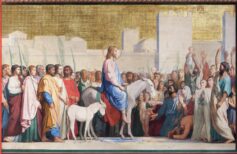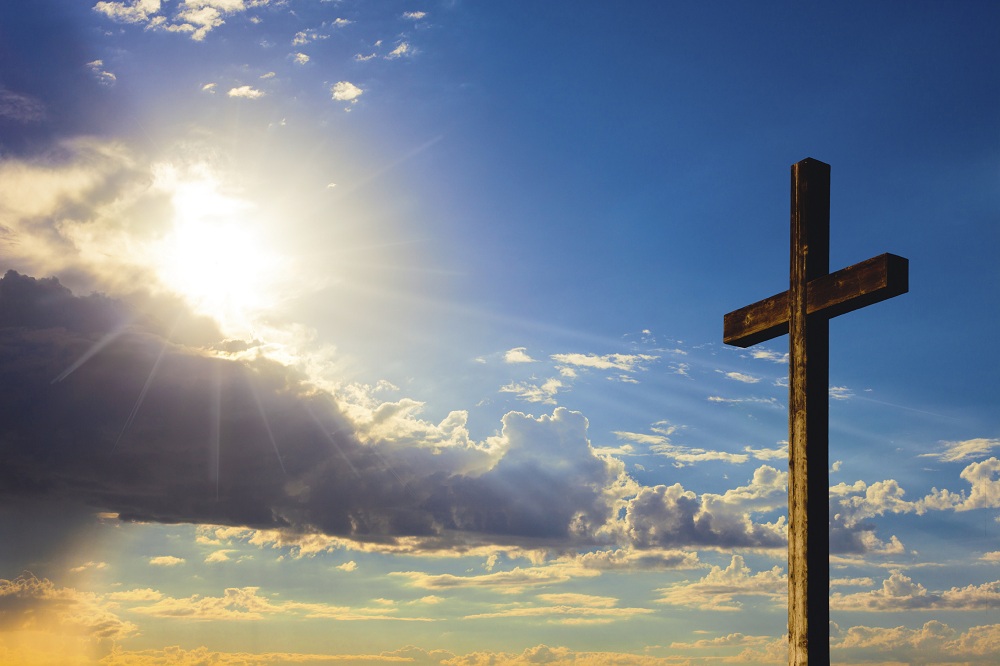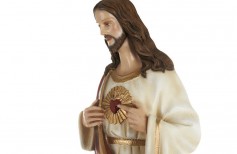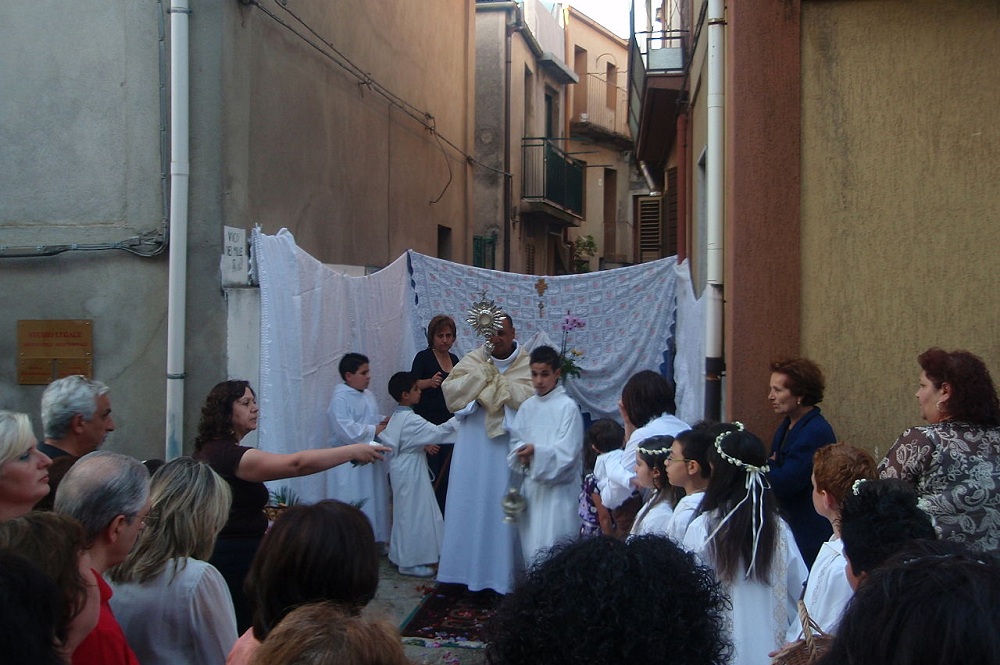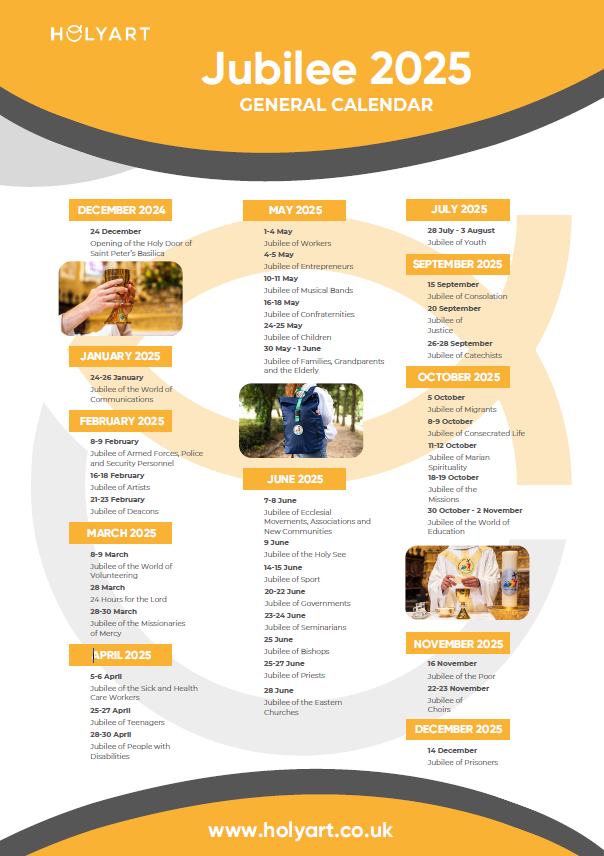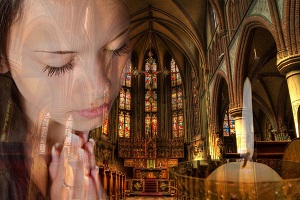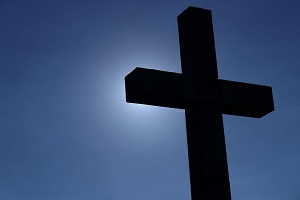The celebration of Sunday in Albis combines ancient rites and popular traditions. Here is how the devotions of the second Sunday of Easter originated.
Contents
We are all familiar with the significance of Holy Week, the week of Easter, and particularly the Easter Triduum, the final days of this extraordinary liturgical period, which culminate with Easter Sunday. However, this event does not mark the end of the Easter season but rather its beginning. It is, in fact, with Easter Sunday that the Easter Octave begins, a solemnity of the Lord, which concludes the following Sunday, Sunday in Albis.
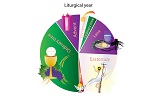
The liturgical year: let us clarify
The liturgical times of the Catholic Church are the seasons in which the liturgical year is divided. Let’s explore these together!
Similarly, the Jewish Passover, Pèsach or Pesah, did not represent the conclusion of the celebration that commemorated the exodus of the Chosen People from Egypt. The Jews celebrated the Passover meal on the night between the 14th and 15th of the month of Nisan, and from there began the seven days of the Feast of Unleavened Bread, an ancient propitiatory festival for the harvest, during which barley flour cakes without yeast were prepared.
For Christians, the importance of the days following Easter, the Easter Octave, arises from the appearance of Jesus eight days after the Resurrection, as recounted in the Gospel of John 20:26-29:
“26 A week later his disciples were in the house again, and Thomas was with them. Though the doors were locked, Jesus came and stood among them and said, “Peace be with you!” 27 Then he said to Thomas, “Put your finger here; see my hands. Reach out your hand and put it into my side. Stop doubting and believe.” 28 Thomas said to him, “My Lord and my God!” 29 Then Jesus told him, “Because you have seen me, you have believed; blessed are those who have not seen and yet have believed.””
This explains why, according to tradition, Sunday in Albis is also known as Thomas Sunday, referring to the doubting apostle.

Saint Thomas, the Doubting Apostle
A devoted follower of Jesus and a great evangelist, often remembered more for his skepticism than his immense and solid faith.
What does Sunday in Albis mean?
Sunday in Albis is also known as the Second Sunday of Easter; Quasimodo Sunday, or Quasimodogeniti (in the Lutheran Church), from the beginning of the Antiphon that opens the religious service (Quasi modo géniti infántes, rationábile, sine dolo lac concupíscite, ut in eo crescátis in salútem, allelúgia. “Like newborn babies, crave pure spiritual milk, so that by it you may grow up in your salvation. Alleluia”); Antipascha Sunday (in Eastern Churches); Dominica de Thomas or Thomas Sunday.
Sunday in Albis, or White Sunday, is the more “official” term, from the Latin Dominica in albis. The name given to Sunday in Albis derives from the custom of the early Christian Church to administer Baptism to new believers on the night of Easter, during the Easter Vigil. The full expression would actually be Dominica in albis vestibus depositis, the Sunday on which the white garments are laid aside, referring to the white robes worn by the newly baptised throughout the week following Easter, and removed, indeed, the Sunday after Easter.

Sunday in Albis or Divine Mercy Sunday?
Sunday in Albis is also called Divine Mercy Sunday, but this designation is very recent compared to the others. It was, in fact, Pope John Paul II who gave it this title only in 2000, on the occasion of the canonisation of Saint Faustina Kowalska, dedicating this day to the devotion of Divine Mercy. With this new designation, the pope also granted special indulgences on this date.
In one of her visions, Sister Faustina saw Jesus dressed in white, with one hand raised in blessing and the other resting on His chest, indicating a wound from which two rays of shining light emerged, one white, the other red, representing respectively the Water that justifies souls and His Blood, which is life. It was Jesus who asked the saint to have an image of Him created in this form and to spread its devotion with a celebration that would take place on the first Sunday after Easter, when the image was to be blessed by the pope. Thus was born the Feast of Divine Mercy.
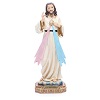
What does Monday in Albis mean?
As for the term Monday in Albis, sometimes attributed to Easter Monday, it actually originates from a series of interpretative errors that have been perpetuated over the centuries, up to the present day.
The Monday following Easter, or the Monday of the Angel, recalls the visit of Mary, the mother of Jesus, and Mary Magdalene to Jesus’ tomb. The two women found it open and empty and encountered an Angel who told them that Jesus had risen to heaven and that they should inform the Apostles. This occurred the day after Passover, but not the Easter we celebrate on Sunday; rather, the Jewish Passover, which fell on a Saturday. Thus, the meeting of the two pious women with the Angel would have occurred on a Sunday, not on a Monday, and this is the first error.

Easter Monday or Angel Monday? Let’s find out why they are called so
How is Angel Monday celebrated? You will find out in this article.
Moreover, as we have seen, Sunday in Albis takes its name from the white garments worn by the newly baptised in the week following Easter, symbolising the purity from sin regained after Baptism. No sacred text, however, speaks of Monday in Albis, but it is likely that popular tradition sought to define Monday in Albis as the first day the white garments were worn.
In any case, Easter Monday is not among the feast days of obligation, but it is a public holiday in the civil calendar, a sort of extension of Easter, an occasion for barbecues, outings, and popular festivities.
